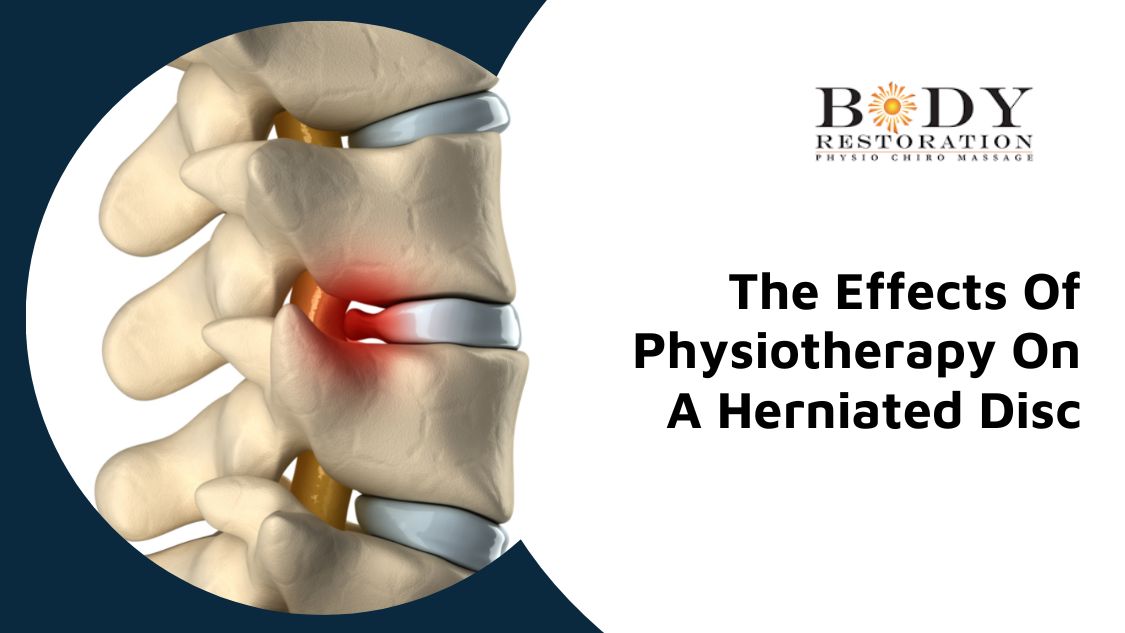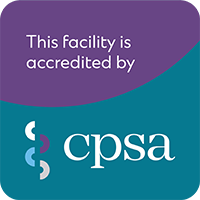Low back pain is a common medical condition that affects 60-80% of the adult population at some point in their lives, and the lumbar disc is likely the most common origin of low back pain.
A herniated disc occurs when the nucleus pulposus, the soft gelatinous central portion of the intervertebral disc, pushes through a weak section in the outer ring of cartilage.
As we age, our discs become less hydrated and weaken, which may lead to progressive disc herniation. It can also be triggered by sudden trauma or movements, such as throwing or lifting heavy items, twisting quickly, poor posture, or sports injuries.
If you have been suffering from back pain and are concerned about a herniated disc, this article will provide you with information about physiotherapy for a herniated disc and how it can help you improve your quality of life.
Signs and Symptoms of Disc Herniation
It is important to visit your doctor or physiotherapist if you are experiencing any of the following symptoms:
- Sharp, burning low back pain that can radiate into your legs
- Numbness, tingling, or weakness in the legs
- Decreased range of motion
- Pain with prolonged walking or sitting
- Muscle spasm or stiffness
- Back or leg pain that appears suddenly
Treatment Options for Lumbar Disc Herniation
Your healthcare practitioner can examine your back to determine if there is a disc herniation. In addition, your doctor may order an MRI or CT scan to rule out other conditions that can result in low back and leg pain, such as degenerative disc disease, spinal cord compression, soft tissue problems, nerve root compression, spinal stenosis, sciatic nerve compression, facet joint syndrome, muscle tightness, scar tissue formation, etc.
How Does Physiotherapy Help With A Lumbar Disc Herniation?
To begin, your physiotherapist will collect information about your symptoms, as well as your general health, lifestyle, and other existing or pre-existing injuries.
A thorough examination of the spine and surrounding muscles and nerves will also be completed. Your physiotherapist will develop a treatment approach that is patient-specific, including a therapeutic exercise program focused on strengthening and stretching.
By combining manual therapy techniques and exercise, physiotherapy can help you to reduce pain and accelerate your recovery.
Manual therapy treatment involves massage, active release of muscles, and joint mobilization or manipulation. Exercise therapy is used to address postural dysfunction and improve muscle strength and flexibility.
Our experienced physiotherapists may recommend the following treatments depending on your condition:
- Strengthening exercises to improve back and leg muscle strength.
- Core and breathing exercises to increase back, abdomen and pelvic stability.
- Nerve mobilization exercises to address dural tension and restriction.
- Education on proper posture and lifting techniques.
- Bracing options for improving posture to help support your back and reduce pain during daily activities.
Wrap Up
Lumbar disc herniation can be treated effectively with physiotherapy. By combining manual therapy and exercise therapy, you can reduce your pain and speed up your recovery.
According to your condition, your physiotherapist will provide a personalized treatment plan including but not limited to muscle strengthening and stretching, core stabilization, spine and nerve mobility exercises, postural correction, breathing exercises, and bracing.
Give Body Restoration a call today to find out how our unique treatment approach can help you feel your best.




